Baghdad Pavilion, Topkapi Palace
The pavilion (Bağdad Köşkü) was built by Sultan Murad IV in 1639 and was named after the reconquest of Baghdad, captured by the Persians in 1724. As a result of 40 days of siege in November-December 1638, Baghdad was returned to the rule of the Ottoman Empire. This building is considered the most beautiful in the Topkapi palace complex and one of the masterpieces of Ottoman pavilion architecture. The richness of the interior and exterior decoration, the harmony of proportions and the masterful use of jewelry in various techniques represent an excellent example of Turkish art. Historians believe that the author of the project was Kasym Agha, the chief builder at the court of Murad IV. The central hall of the mansion has an octagonal shape in plan, expanded with four iwans and covered with a hemispherical dome. The dome is gilded and completely decorated in the Malakari style, of which very few copies remain today. In the hall there is a stove with a magnificent gilded hood with a long thin chimney. The interior walls are covered with tiles in blue and white colors. The two tiers of windows are separated by a strip of blue tiles with quotations from the Koran. The wooden sashes of the windows and doors of the lower row are decorated with inlaid ivory, mother-of-pearl and tortoiseshell. The lower row of windows is protected from the outside by brass grilles. The upper row of windows has niches in a plaster frame with colored glass. The main entrance of the pavilion opens onto a large platform with a magnificent view of the Golden Horn, the Bosphorus, Galata and Beyoglu. A small garden adjoins the site. In the history of the pavilion there is a tragic moment of the execution of the leader of the 1730 uprising named Patron Khalil. Sultan Mahmud I sent him an invitation to become a vizier and come to the palace to take office, where in fact the rebel was waiting for death. At the end of 2006, it was completely renovated under the supervision of the Istanbul Department of Geodesy and Monuments.

..
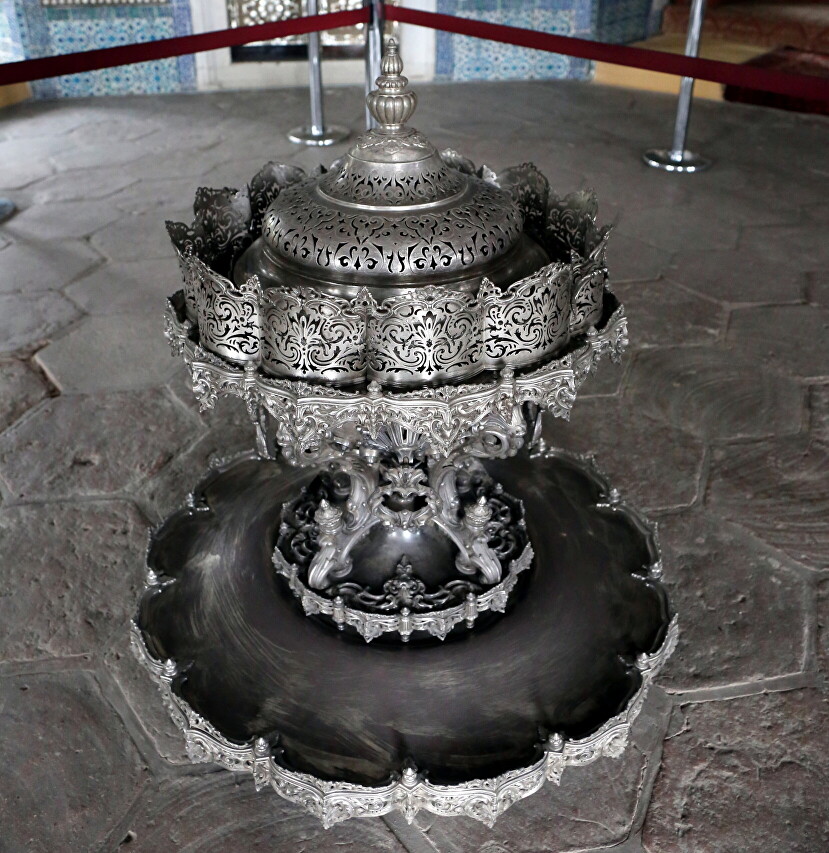
..
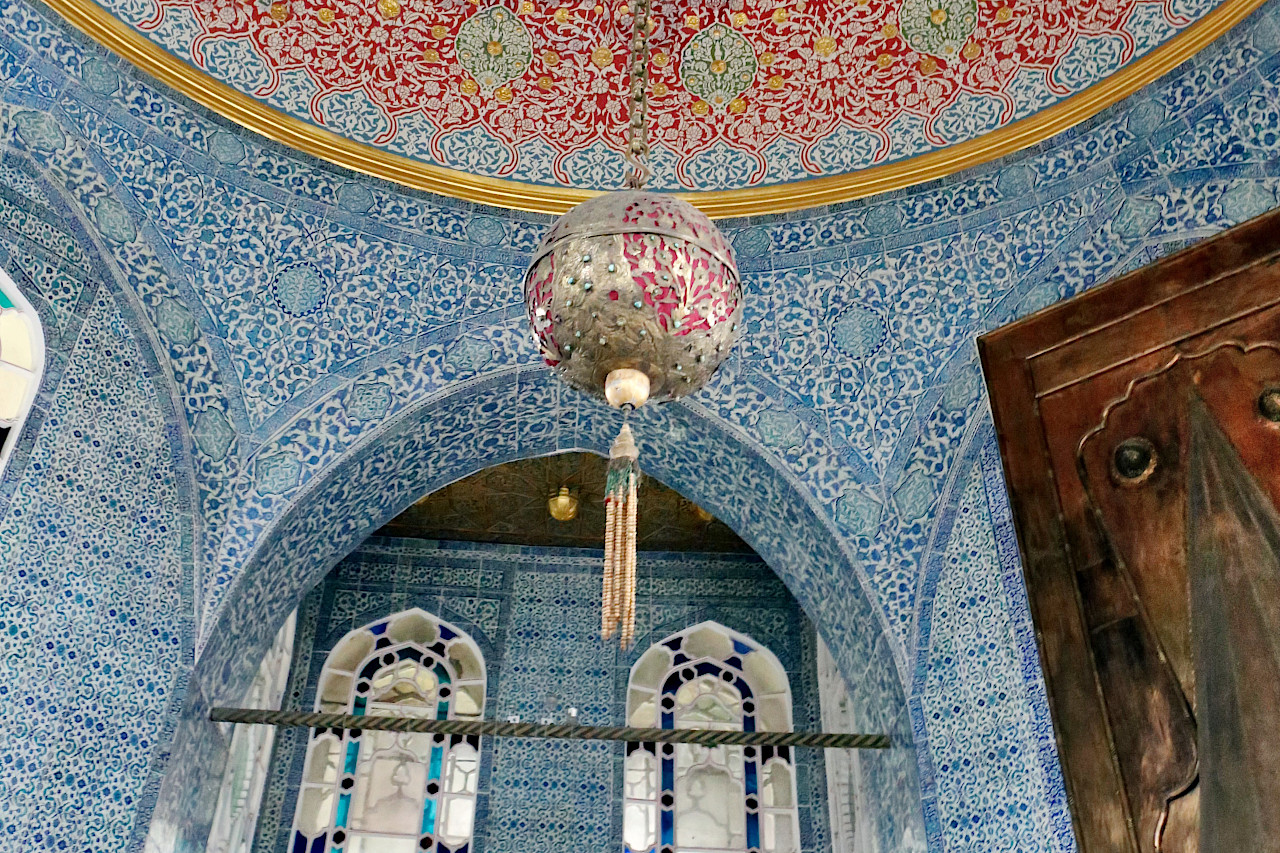
..
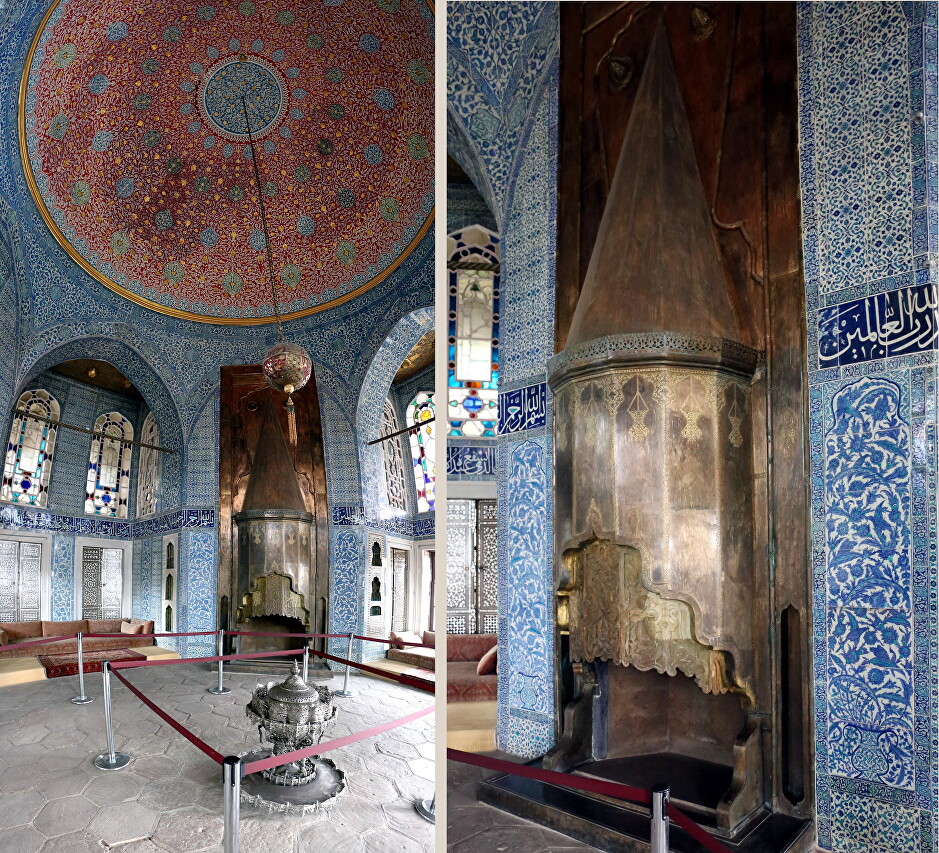
..

..
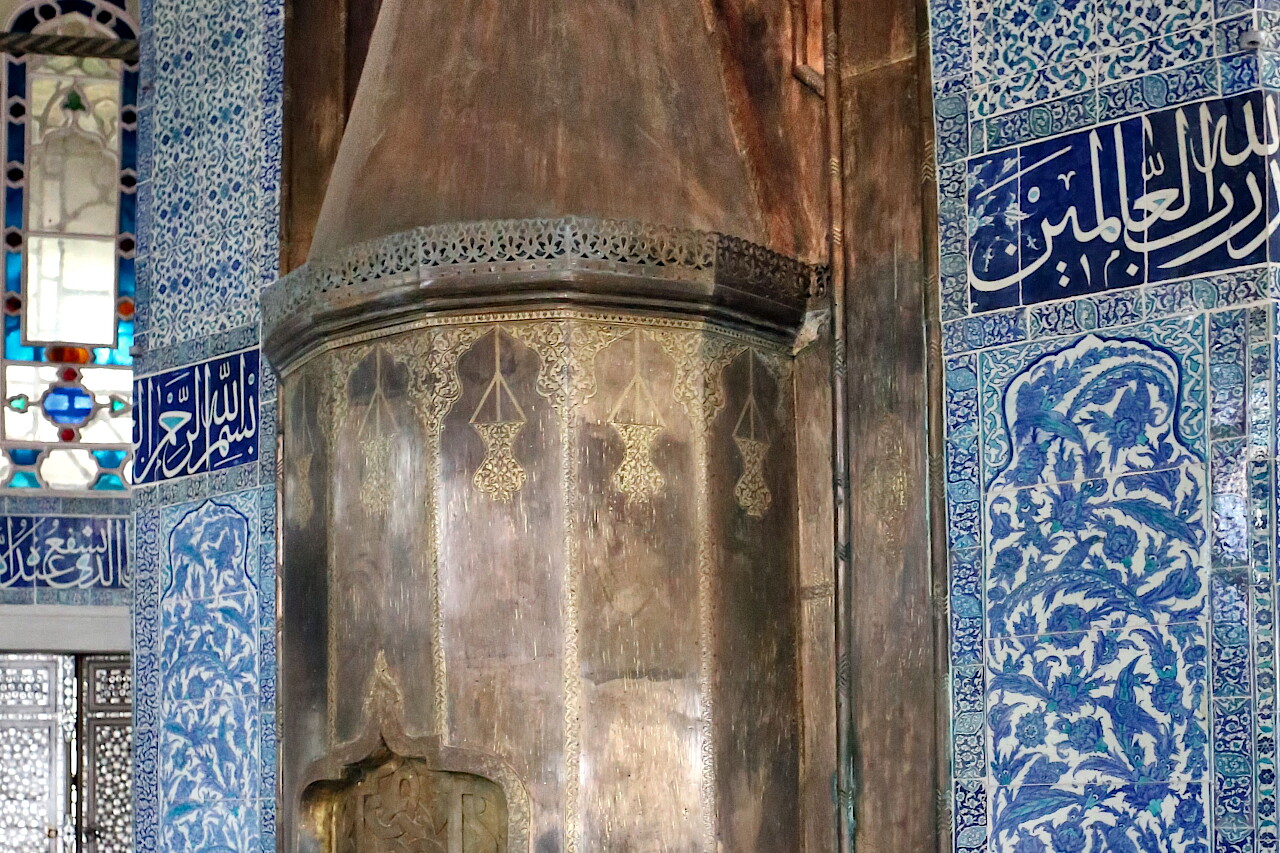
..
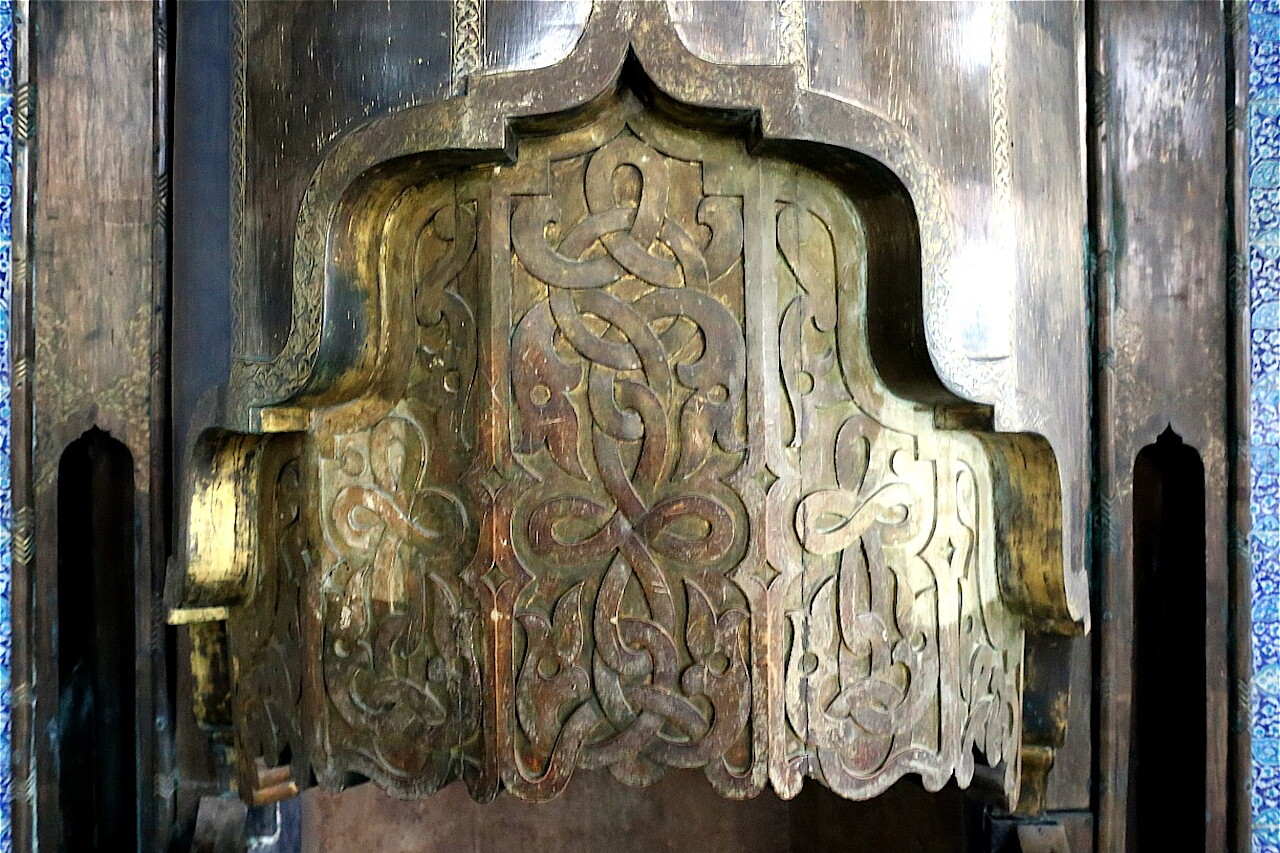
..
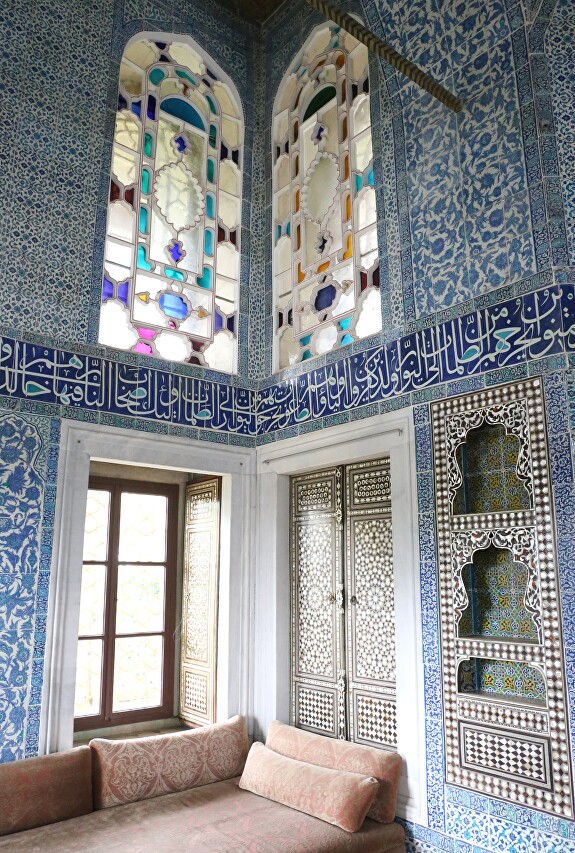
..

..
